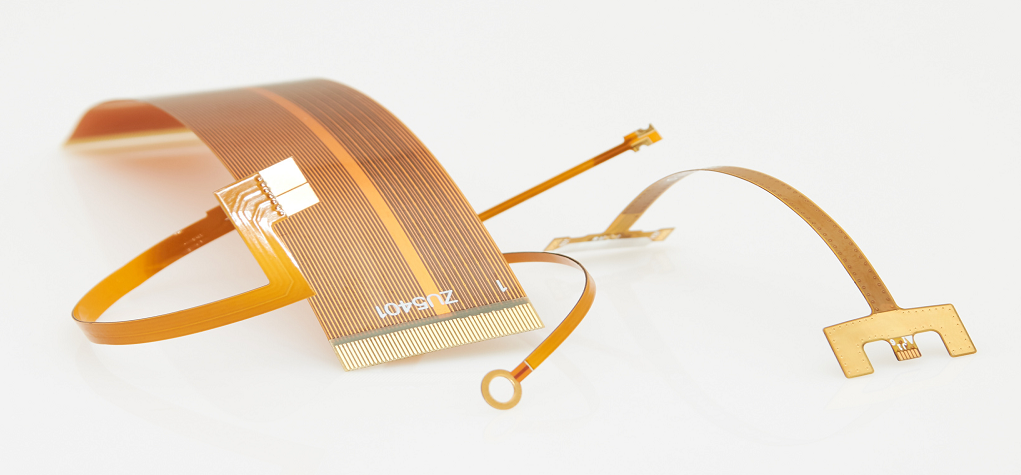Flexible Electronics and Material Innovations: Path to New Possibilities
History and Evolution of Flexible Electronics
Flexible electronics is not a new concept. In the early 20th century, conductive inks were introduced, laying the foundation for later innovations. Over time, this field has evolved significantly and gained prominence. Today, flexible circuits are a crucial element in various devices, ranging from wearable technology to industrial applications.
Advanced Materials and Their Role in Electronic Design
With the advancement of flexible electronics, the need for new and more powerful materials has arisen. Materials with a positive temperature coefficient (PTC) are a special type of polymer or ceramic material whose electrical resistance increases with temperature. PTC materials are designed to alter their properties in response to temperature changes, offering several practical applications. These new materials will be instrumental in achieving better thermal resistance and longevity in electronic devices.
Liquid Polyimides
One example of PTC materials is liquid polyimides with a low-temperature curing range, allowing flexibility in design and manufacturing. These materials will play a vital role in achieving improved thermal resistance and lifespan of electronic devices. Liquid polyimides are already on the market, curing at much lower temperatures than traditional variants (around 150 °C compared to the common 350 °C). This innovation opens up possibilities in flexible electronics and printed circuits, enabling faster and more efficient manufacturing processes:
- Liquid polyimides cure at 150 °C, leading to a reduction in the energy demands of the manufacturing process.
- Due to the lower curing temperature, these liquid polyimides are more manageable and applicable in various applications.
- The high thermal resistance of these materials allows their use in demanding high-temperature applications on printed circuit boards (PCBs).
Advantages and Challenges of PTC Materials
Materials with a positive temperature coefficient (PTC) represent an intriguing area in electronic design. Their resistance growth with temperature can be utilized for automatic temperature regulation in applications such as heated seats or clothing. This technology offers a safer and more efficient way of utilizing heat in electronic systems.
PTC materials are employed in electronic circuits as components for protection against overload and short circuits. In cases of excessive current or overload, they increase their resistance, reducing current flow and preventing damage to devices. They are often used in electronic devices where precise temperature control is required, such as thermometers or thermostats.

Future of Printed Electronics and Opportunities for PCB Designers
Printed circuit boards (PCBs) remain a fundamental component of the electronics industry. In-Mold products represent a specific manufacturing process where a polymer material is formed while integrating another material, often electronic or decorative elements. This technology allows for the production of products with integrated elements in a single process, which can be crucial, especially in areas where high demands on aesthetics and functionality exist.
Development of New Technologies: In-Mold Products
The development of new technologies, such as In-Mold products, brings new possibilities but also challenges, such as the absence of user experience. This will ultimately determine whether products with this technology will succeed or not. Striking a balance between innovation and maintaining user experience will be crucial.
Education and Collaboration for Success in a Dynamic Environment
Education and collaboration among industrial partners will be crucial for success and maintaining competitiveness in today's rapidly changing environment of the electronic industry.
As the industry grows, staying informed about innovations and addressing challenges posed by new technologies will be decisive. Flexible electronics and advanced materials will open doors to new possibilities, whether in the realm of wearable technology, industrial automation, or consumer electronics—making it imperative not to lag behind in this dynamic era.
Connect with our specialists